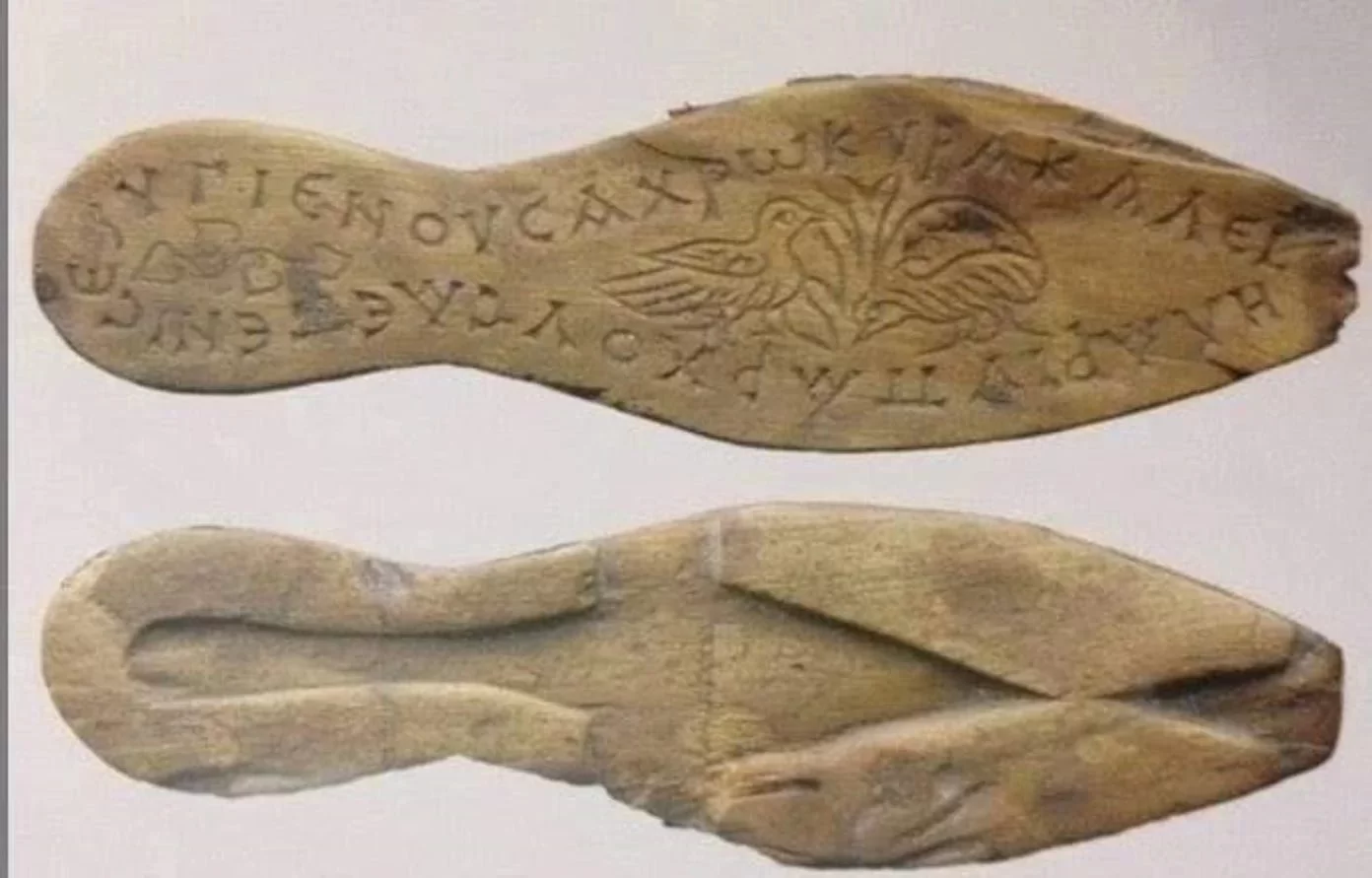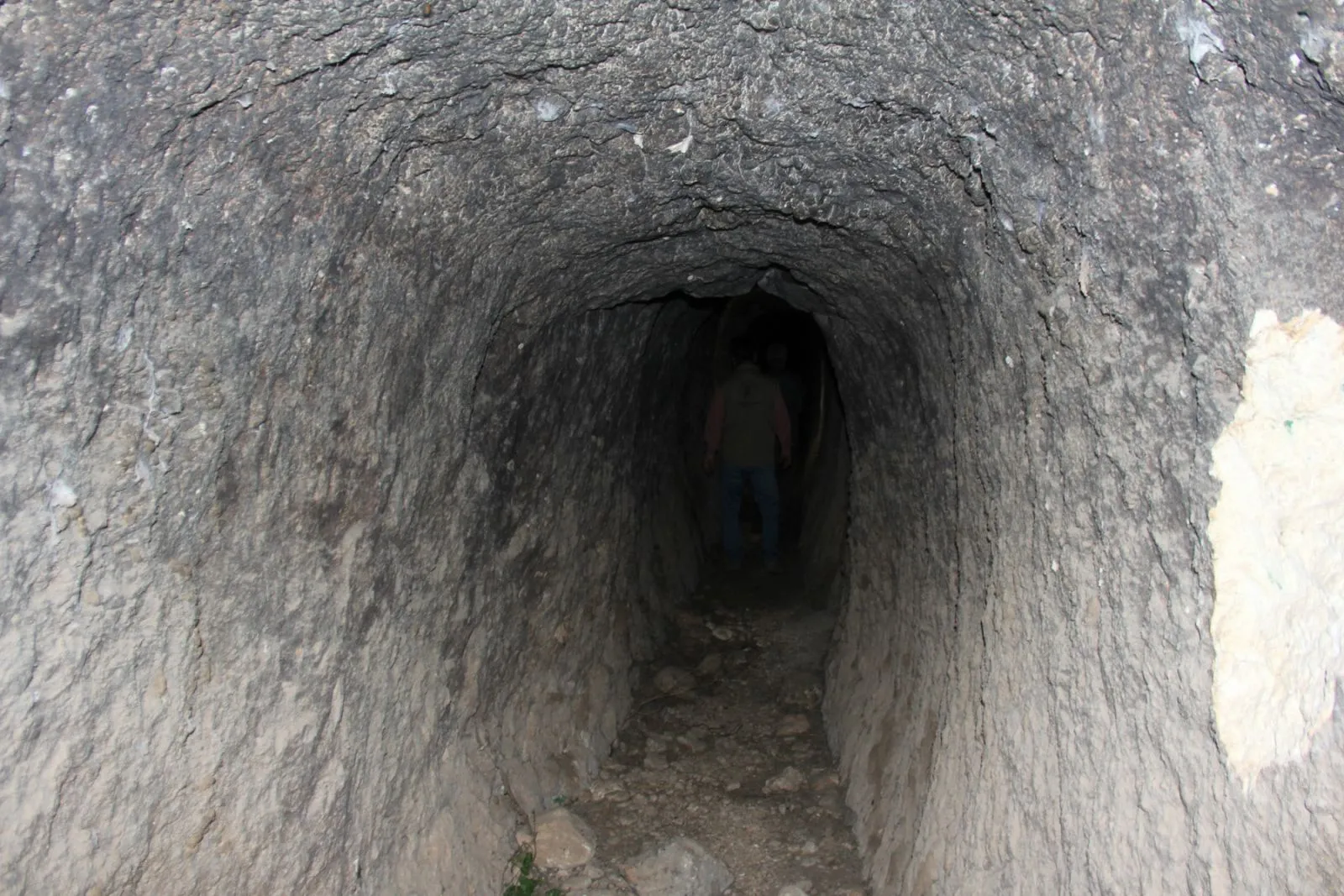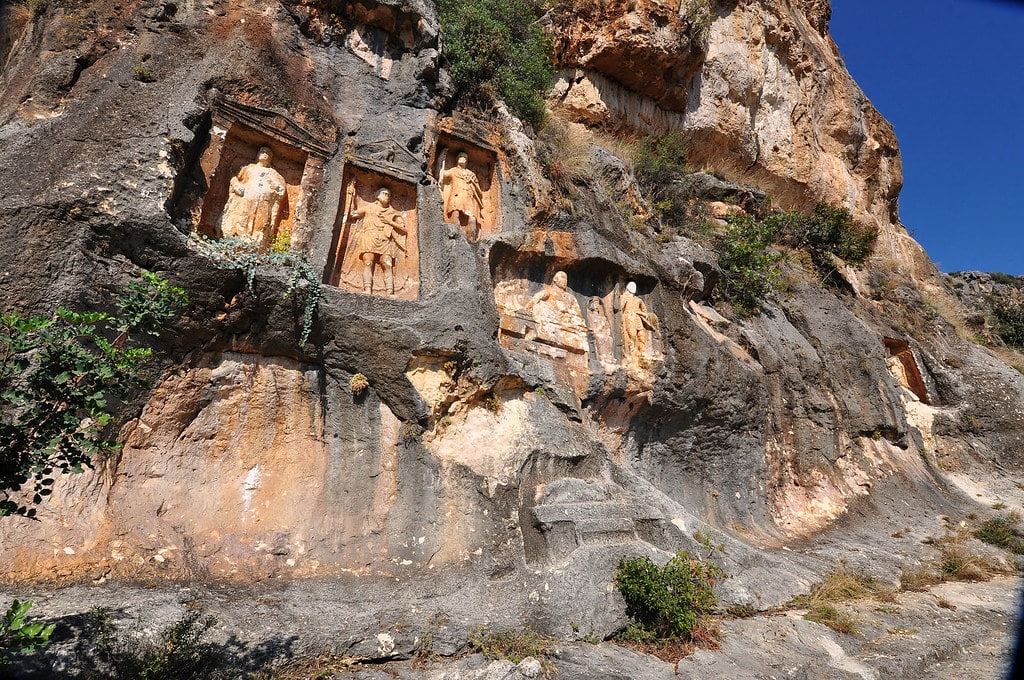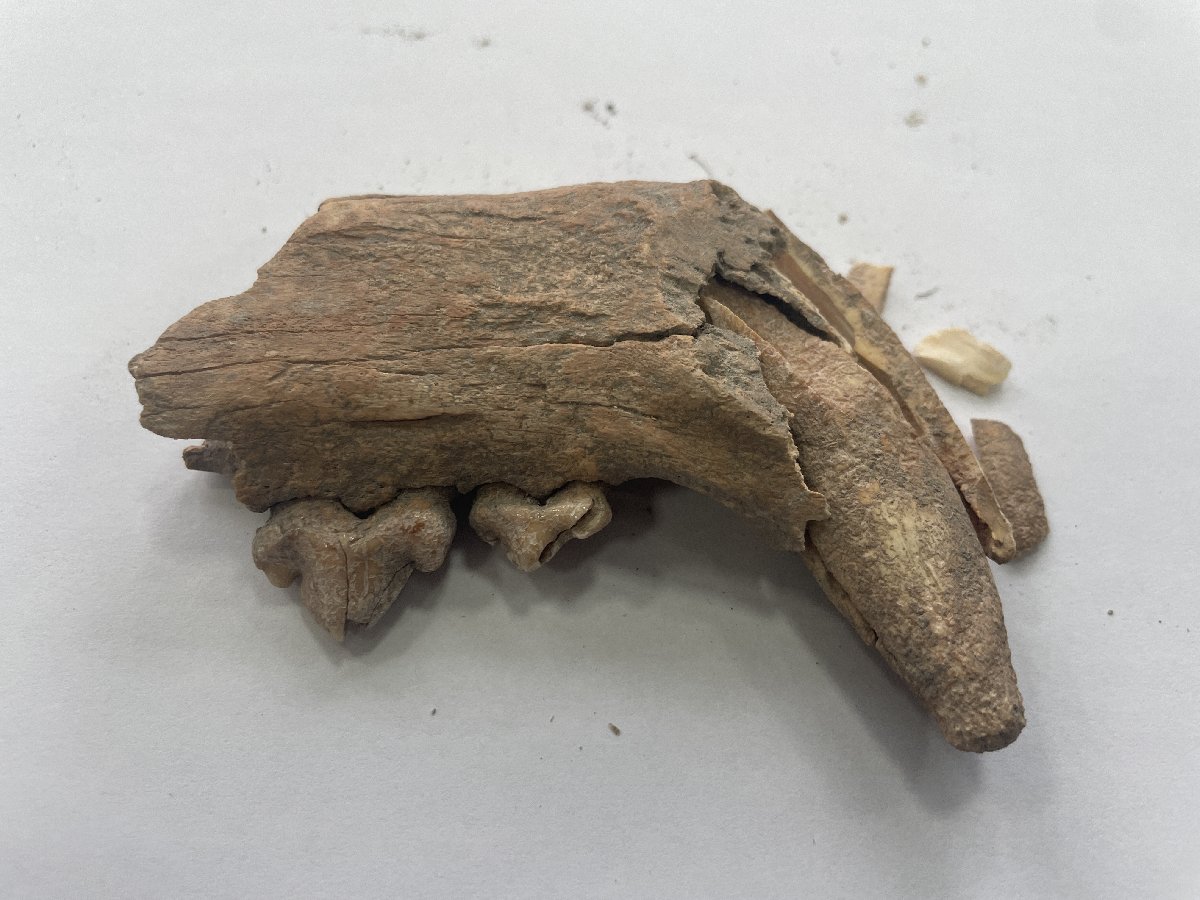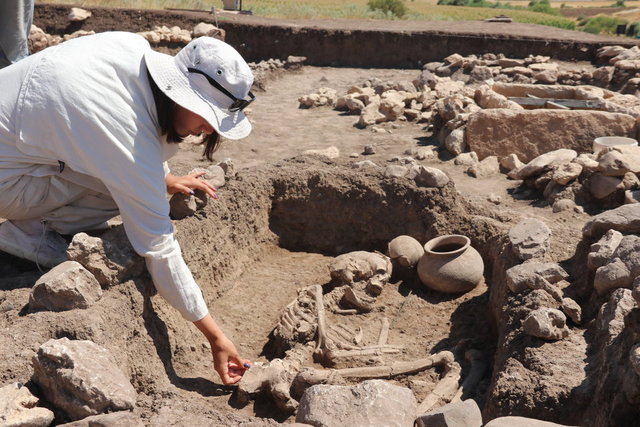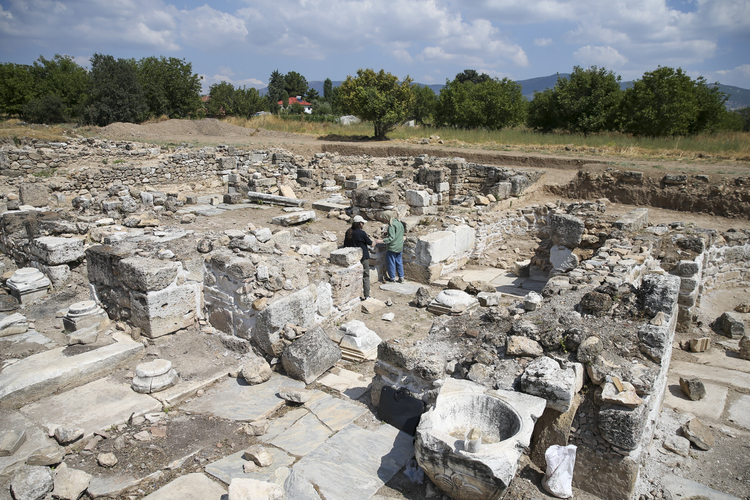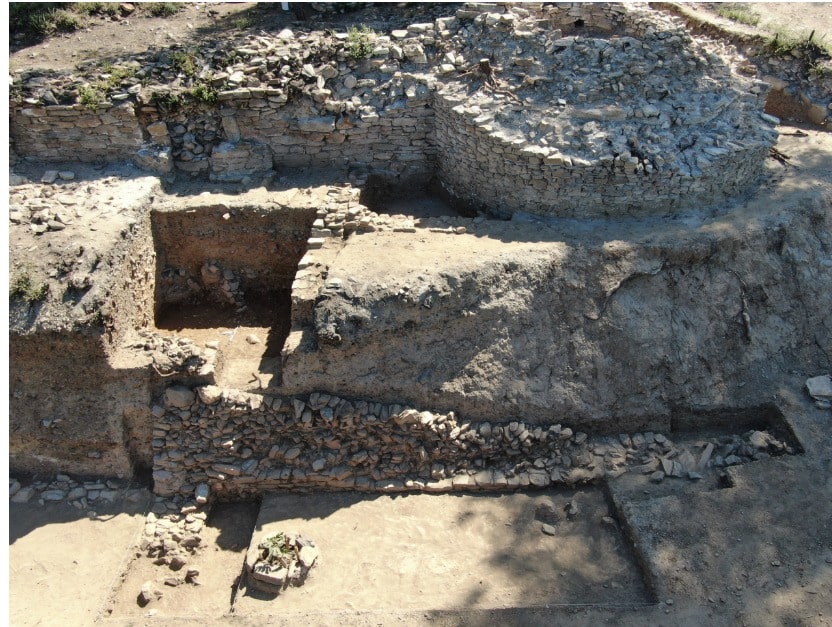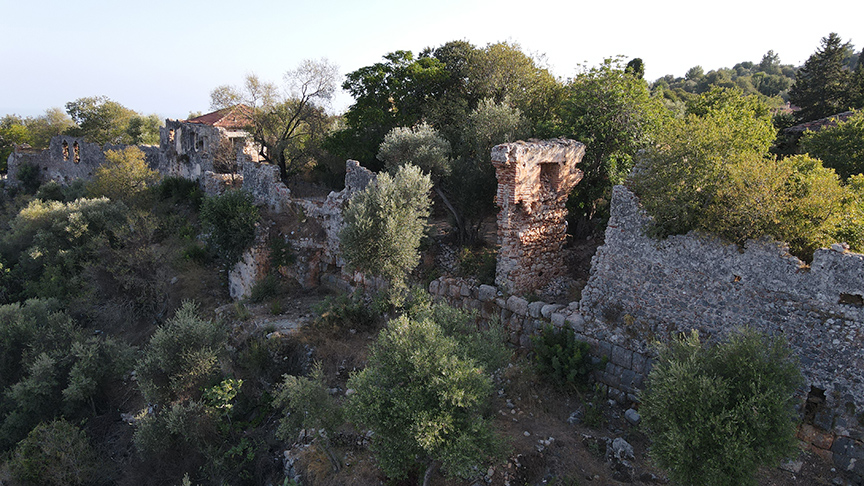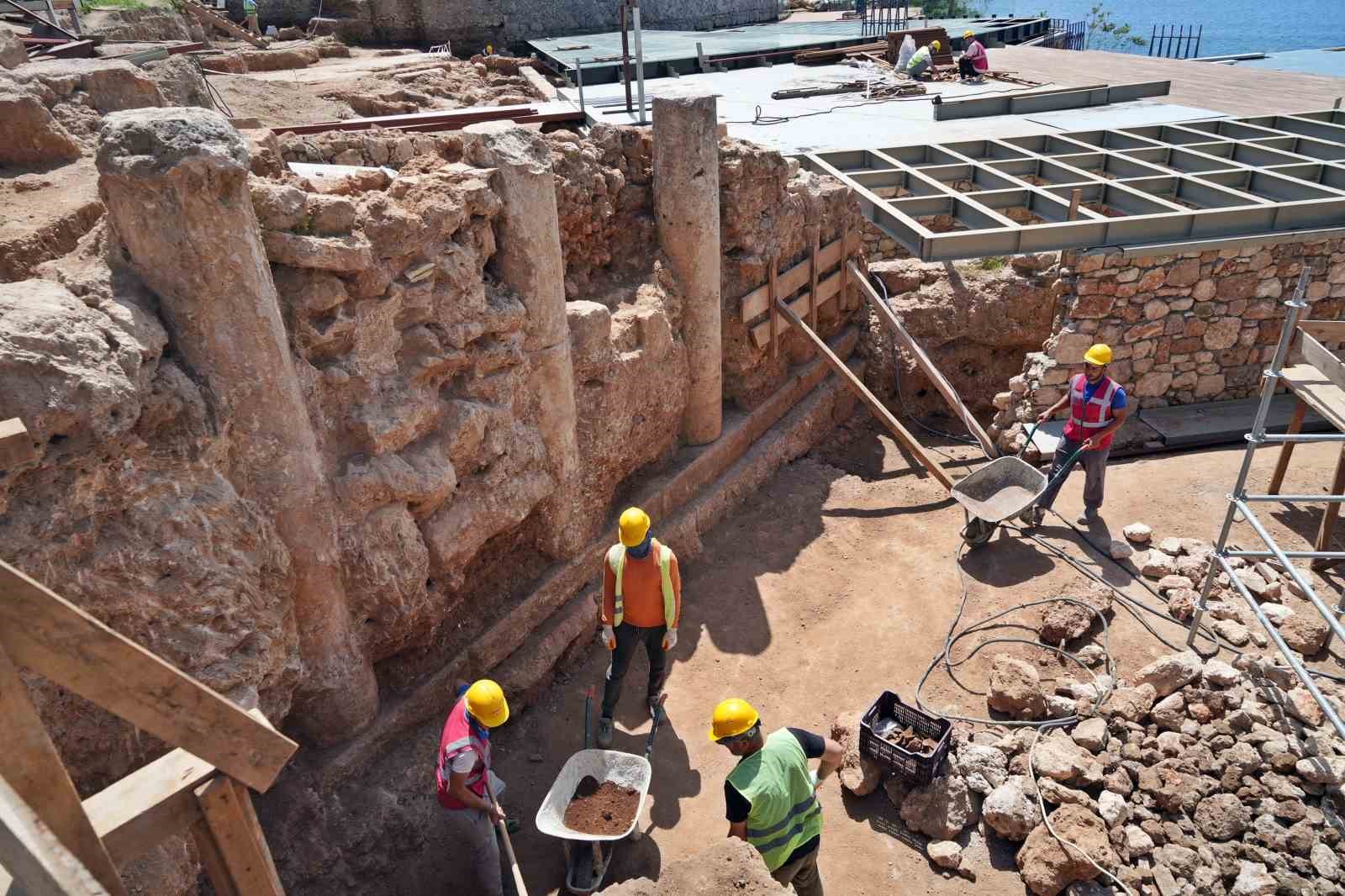The 1,600-year-old sandal and comb unearthed during excavations at Theodosius Harbor (Portus Theodosiacus), the second largest port built on the shores of the Marmara Sea, captivate onlookers.
Conducted concurrently with the construction of the Marmaray and metro projects aimed at addressing Istanbul’s transportation issues, the excavations resulted in the most comprehensive archaeological surface survey of the city’s history.
The excavations provided detailed insights into the prehistoric periods of Istanbul, a city that has hosted various cultures for thousands of years, merging Eastern and Western cultures. Prior to 2004, information regarding the history of Istanbul’s settlement relied on excavations outside the Historic Peninsula; settlements in these areas could be traced back as far as 2,500 years.
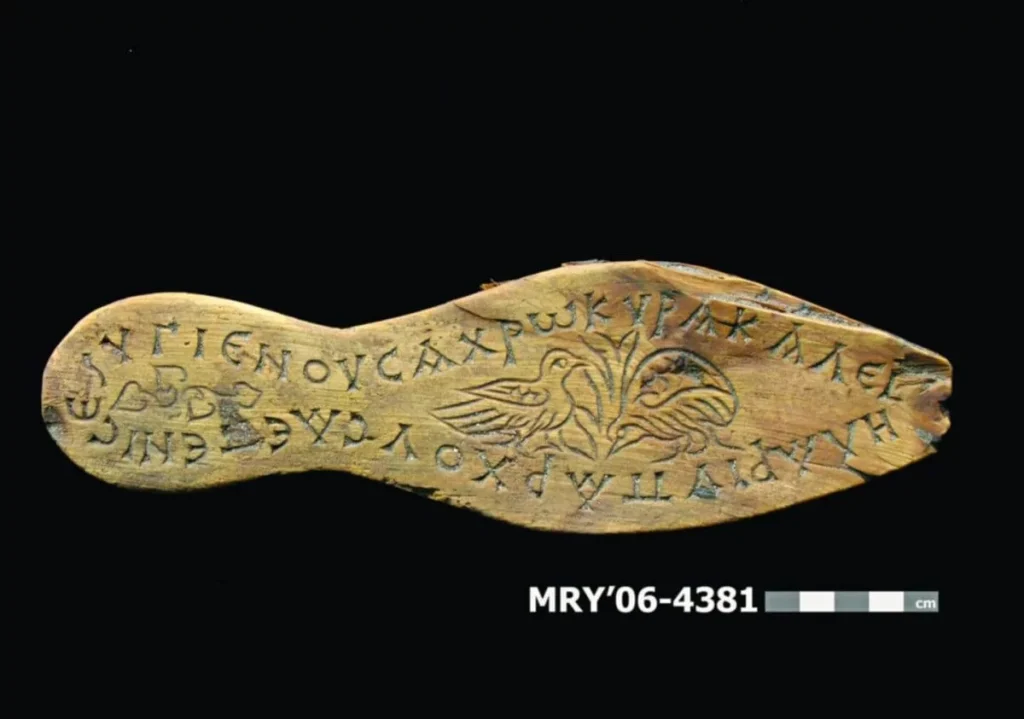
Surprising finds were discovered during the excavations initiated by the Marmaray project. One of these intriguing discoveries was a pair of wooden-soled sandals belonging to a woman.
The sandals bore a Greek message: “Use in health, my lady, wear in beauty and happiness.”
Researchers drew various conclusions about the sunken ships found at Theodosius Harbor, originating from different centuries. It was suggested that the ships might have sunk during a storm, tsunami, or other natural disasters.
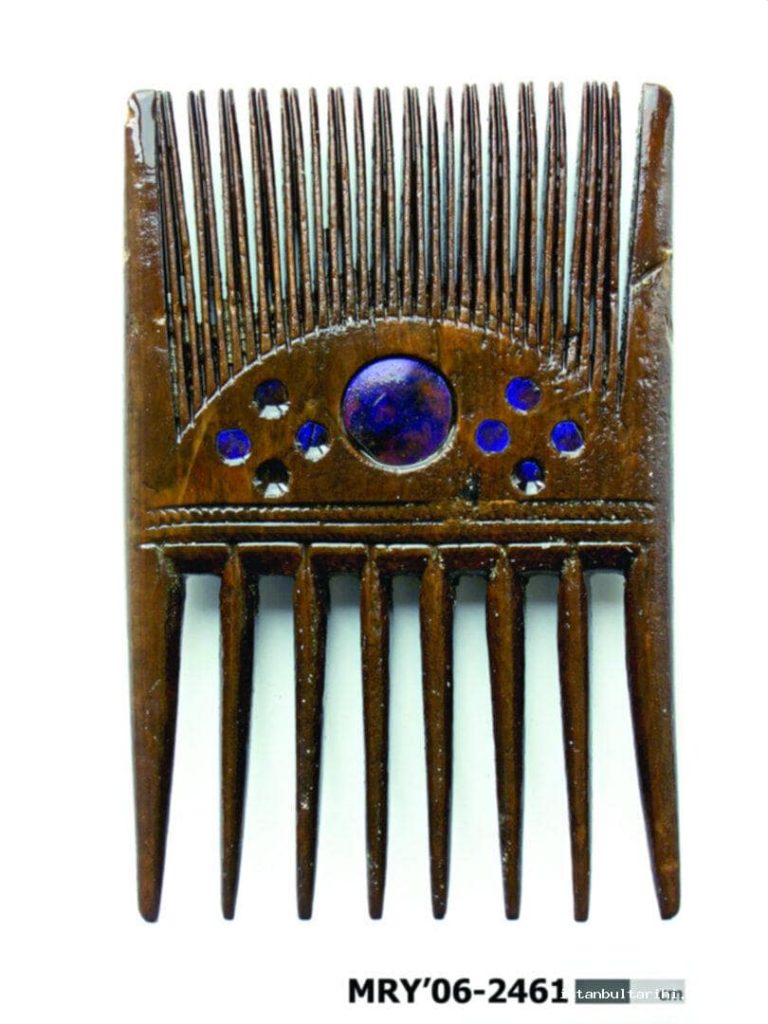
The prevalent theory suggests that the ships were abandoned after serving their purposes. In the fourth of nine stratigraphic segments in the excavation area, researchers found evidence of the effects of an earthquake and tsunami in AD 553.
Another theory suggests that the sudden onset of the southwest wind, known as “kaçak” in Turkish, during the summer months in the Marmara Sea might have caused the sinking of these ships. A thick layer of sea sand formed on top of the ships, accumulating and preserving the sunken vessels.
The rapid burial of the ships created an anoxic environment, preserving various organic and inorganic artifacts, including tools, pulleys, ropes, transitions, as well as everyday items such as combs, leather sandals, straw baskets, and wooden planks, alongside stone and iron anchors.
Additionally, a series of sunken ship parts and items from previous eras were discovered in the vicinity of the harbor.

